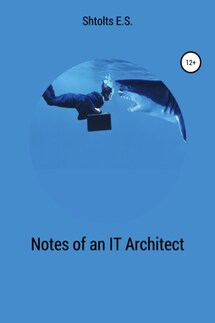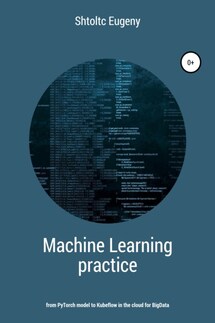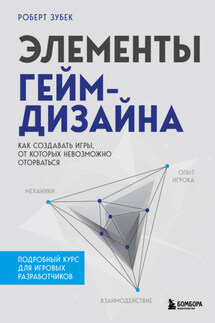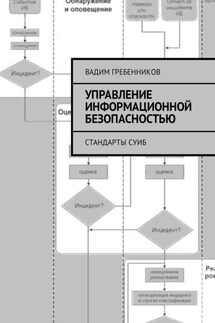IT Cloud - страница 3
Docker does not consume resources, but only limits them if it is specified in the settings when creating the container (for memory, the key is m, for the processor – c). Since Docker supports different containerization filesystems, there is no unified interface to customize. But, in any case, the resource is consumed as much as required, and not as much as allocated, as in virtual machines.
Such concern about the occupied disk space and the weightlessness of the containers themselves entails irresponsibility in downloading images and creating containers.
Garbage collection by container
Due to the fact that the container provides much more opportunities than a virtual machine, the situation is complicated by leaving garbage after Docker is running. The problem is solved simply by running the moore collector, which appeared in version 1.13 or more difficult for earlier versions by writing a script you need.
Just as simple to create a docker container run name_image , it is also simple to delete docker rm -f id_container . Often, in order to just experiment, it is convenient to run the container interactively docker run -ti name_image bash and we will immediately find ourselves in the container. When we exit it with Cntl + D , it will be stopped. To automatically remove the output field, use the –rm parameter . But because containers are so weightless, they are so easy to create, they are often thrown and not removed, which leads to their explosive growth. You can look at the running ones with the docker ps command , and at the stopped ones – docker ps -a . To prevent this, use the docker containers prune garbage collector , which was introduced in version 1.13 and which will remove all stopped containers. For earlier versions, use the docker rm $ script (docker ps -q -f status = exited) . If its launch is not desirable for you, most likely you are using Docker incorrectly, since it is almost as quick and easy to pull a container from an image as to restore it to work. If you need to save state in the container, then this is done by mounting folders or volumes.
A slightly more complicated situation is with images. When creating a container, if there is no image, it will be downloaded. Since one image can be for several containers, then when the container itself is deleted, it is not deleted. You will have to delete it manually docker rmi name_image , and if it is used, a warning will simply be issued. The cost of saving disk space comes at the cost of the fact that Docker cannot simply determine whether an image is needed yet or not. Since version 1.13, it can, using the docker imgae prune -a command , analyze which images are not used by containers and delete them. You need to be more careful here if Docker cannot get the image again, but the assumption of such a situation is not very correct. One such situation is the creation of a clustered image, while the Dockerfile config describing the process of its creation was lost, otherwise you can get the image from the Dockerfile using the docker build name_image command . It is correct to immediately take action and restore the Dockerfile from the image by looking at the commands that create images using Docker history name_image . The second situation is to create an image from a running container using the Docker commit command , and not from the Dockerfile, which is so actively popularized, but also actively deprecated.








